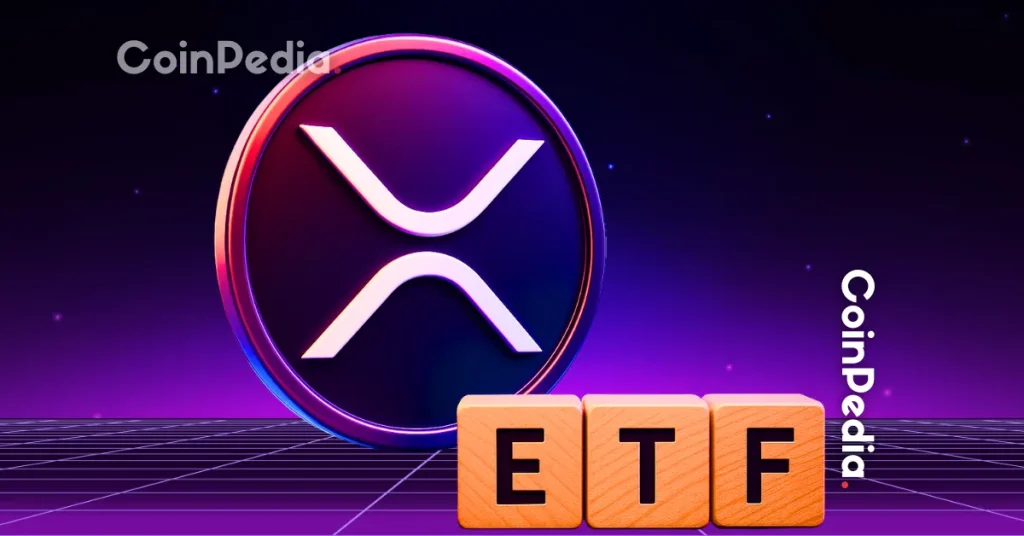ARTICLE AD BOX

- XRP, Stellar, and Hedera are reshaping global finance and driving utility.
- These platforms are now gaining mass attention for their roles in various industries.
The adoption of utility-based protocols like Ripple’s linked XRP, Hedera (HBAR), and Stellar (XLM) is gaining momentum. According to entrepreneur and writer Max Avery, these networks are driving transformation in the global financial system.
The Role of Utility-Based Networks In Financial Systems
In a series of X posts, Avery highlighted the role of utility-based networks in the financial system. The analyst pointed out the contributions of experts like Hiromi Yamaoka, a former official at the IMF, in pursuit of an effective financial system.
According to Avery, Yamaoka has developed frameworks to promote collaboration between central banks and private firms.
This collaboration combines the technological efficiency of private companies with the trust and control of Central banks. Private companies like Constellation, Hedera, Stellar, and Ripple aim to innovate with programmable solutions. On the other hand, Central banks offer supervision and issue stable assets, such as Central Bank Digital Currencies (CBDCs).
This is done by a joint effort. Central banks issue stable assets, like CBDCs, and provide oversight. Private entities, like Ripple, Stellar, Hedera, and Constellation, seek to innovate with programmable solutions. This partnership combines banks’ trust and control with private…
— Max Avery (@realMaxAvery) December 29, 2024
XRP is a vital component of institutional finance as it allows instantaneous and cheaper cross-border payments. Additionally, it eliminates the need for pre-funded accounts and offers instantaneous currency bridging and on-demand liquidity.
Avery described the XRP Ledger (XRPL) as more than a payment system. He highlighted the blockchain’s function in tokenizing assets such as real estate and carbon credits. Moreover, the XRPL has a decentralized exchange for direct asset trading and possesses lightweight smart contracts via Hooks to expand its utility.
Also, XRPL distinguishes itself from other blockchains in terms of energy efficiency. Unlike Bitcoin mining, XRPL utilizes a consensus mechanism that’s faster, greener, and scalable. It demonstrates that innovation in finance is possible without compromising the environment, providing a sustainable way forward.
Like XRP, Stellar’s native token, XLM aims for financial inclusion. The network charges less for small transactions and supports scalable private CBDCs. At the same time, it helps the underbanked and enables global economic access.
Hedera, another popular utility-based network, is also shaping the future of financial systems. Hedera’s native asset, HBAR, enables low-cost, high-speed transactions and supports Decentralized Applications (dApps).
Additionally, HBAR is utilized for staking, which supports network governance and security. It provides an effective and scalable solution for a range of financial services.
Complementary Networks
Intriguingly, these networks are complementary to one another. For instance, while XRP transforms institutional finance, XLM ensures access for all. They address the entire financial spectrum, creating a complete solution for modern financial systems.
Meanwhile, the adoption of utility-based networks is gaining momentum. Specifically, Ripple’s partnerships with banks are growing, as CNF reported. This development highlights Ripple’s growing integration into the global financial system.
As regulation improves, Avery believes adoption will skyrocket.
Avery concluded that the future of utility is unfolding, contrary to some people’s opinions.
“These networks are leading the shift by blending their advanced technology with real-world utility. It’s the present, taking shape in real-time, whether people want to believe it or not,” he noted.
.png)
 9 months ago
15
9 months ago
15








 English (US)
English (US)